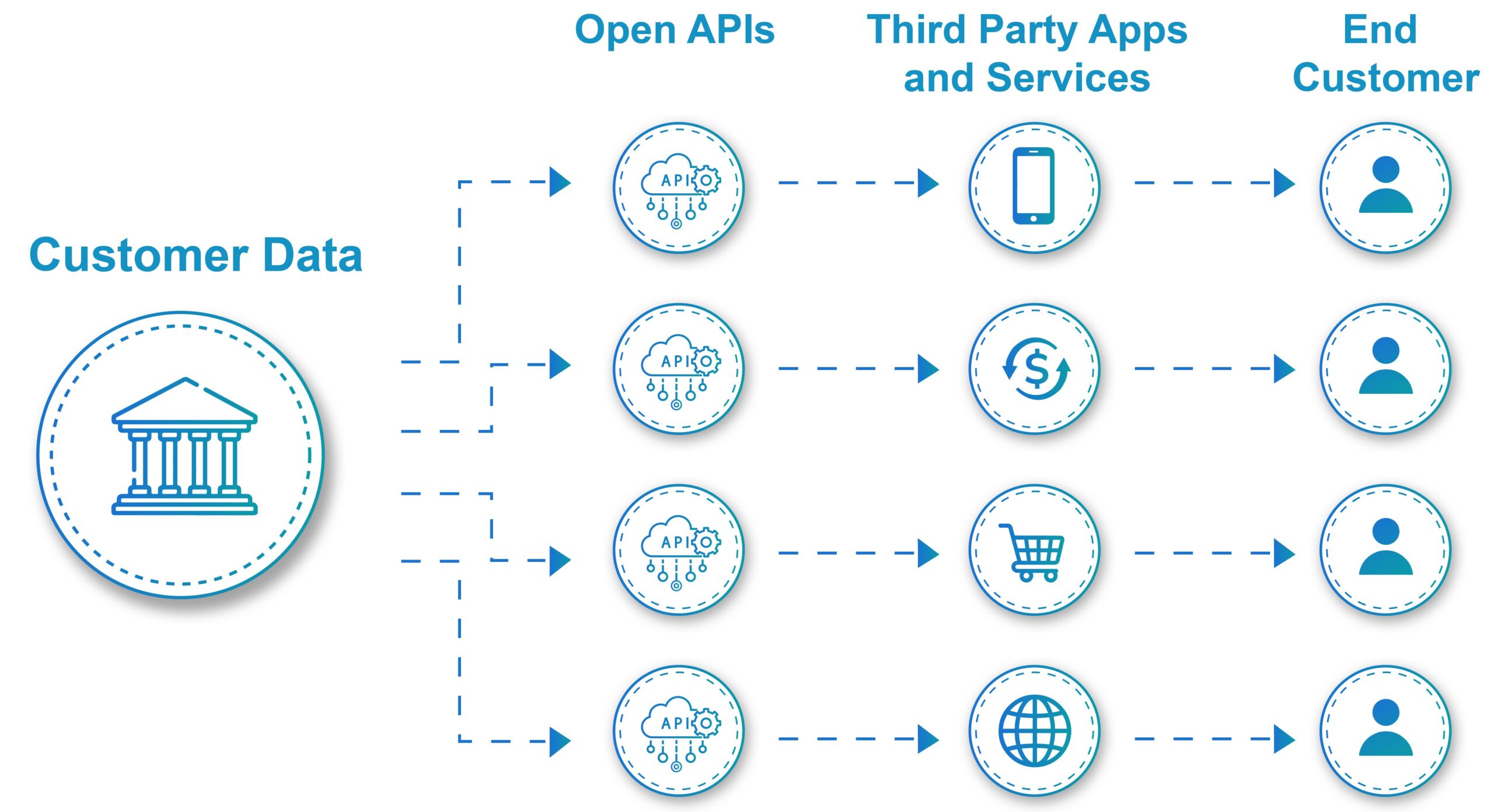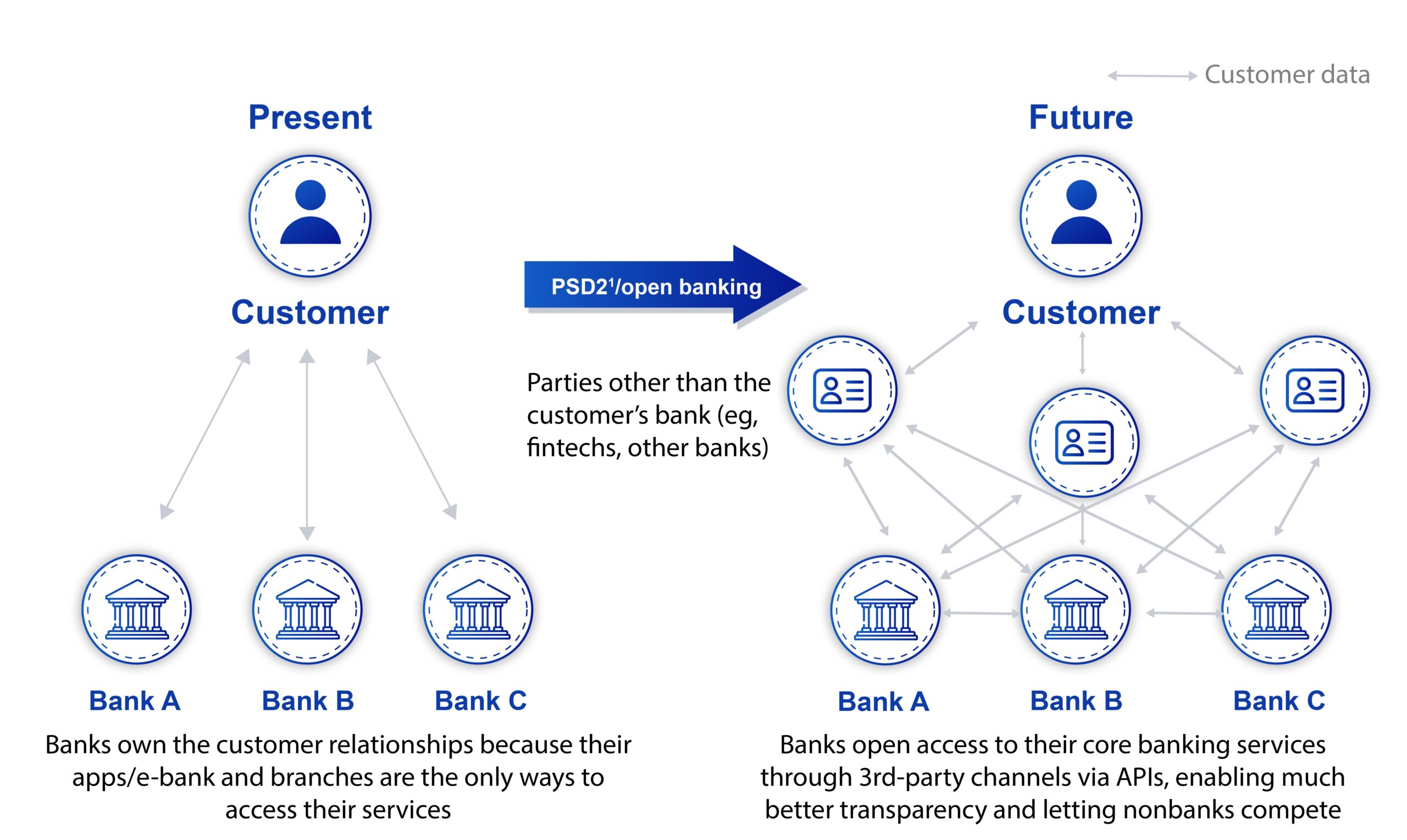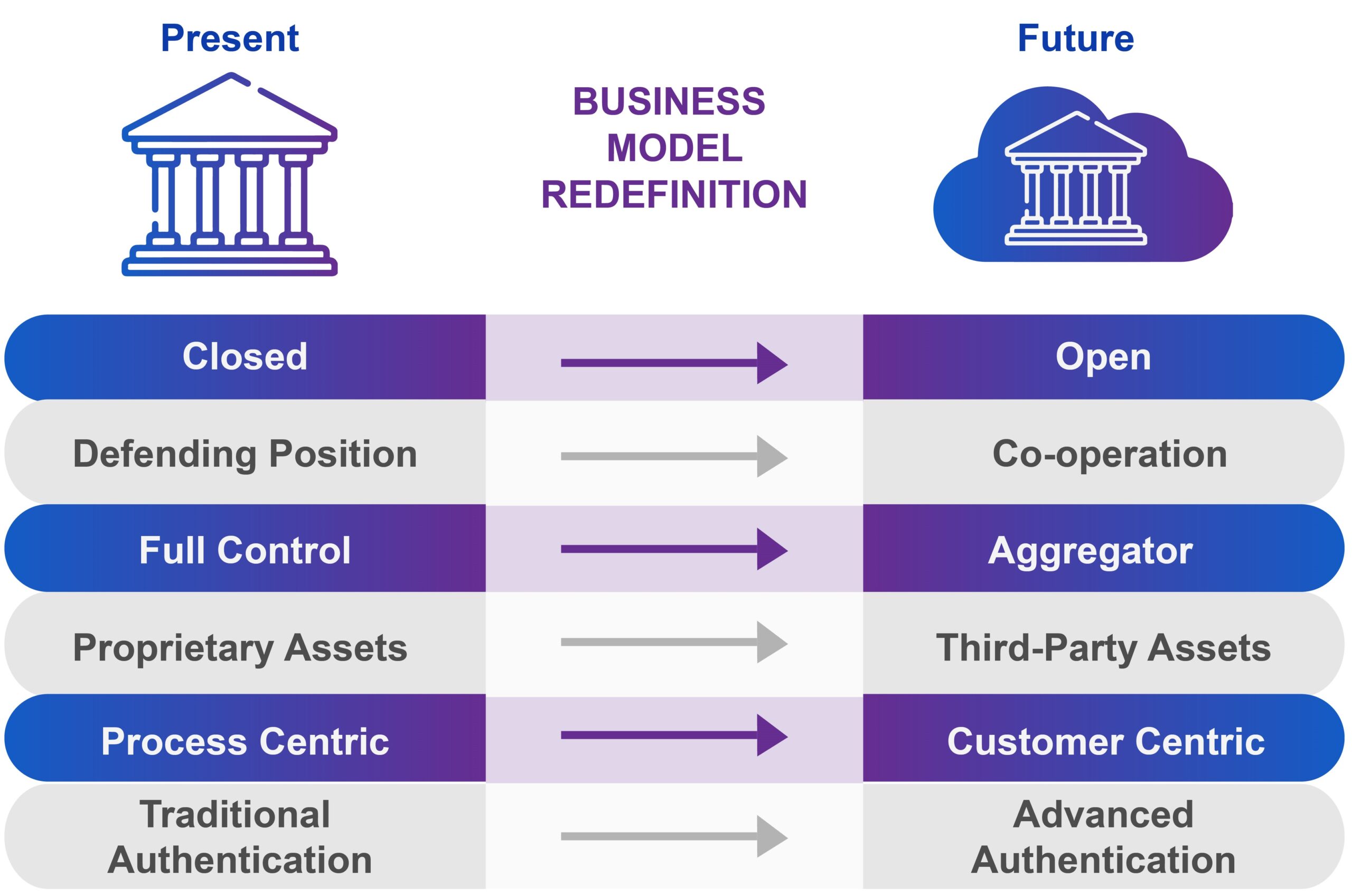The Role of API Testing in Open Banking
Author – Mahesh C (TestOps Leader)

Understanding Open Banking
Open banking is the process of making banking information and services available to third parties via APIs, enabling them to access financial data and carry out transactions on behalf of users.
Open banking enables Fintech’s APIs to map their services to users data. With users agreement, open banking shifted from a closed data model to an open one, which allows user data sharing across third parties like software companies and other businesses.

These third parties have access to users financial data like transactions, account balances and credit transfer commencement, which is used in creating better and improved services for customers like bank account aggregation tools, budget management tools and digital lending.
Open Banking provides flexibility to customers and creates a more complex competitive environment

Open Banking vs Traditional Banking

Role of Open APIs in fintech industry and how they are transforming Banking Experience?
Open Banking has been an integral part of European regulation for electronic payment services and is based on utilization of API access to users financial data and other resources.
Thanks to Open banking, fintech can elevate the banking experience and is now delivering a variety of effective services, including less dependency and quicker cross-border settlements.
The usage of open APIs is increasing rapidly and fintech must ensure comprehensive, secure and real-time data sharing through open APIs.
Importance of API testing in Open Banking
Secure and seamless sharing of financial data and services between various financial institutions and third parties is made possible by API testing, which is essential in the context of open banking.
The role of API testing in open banking is as follows:

Security Validation –

Functional Compliance – When adopting open banking APIs, financial organizations must follow certain rules and regulations, such as PSD2 (Payment Services Directive 2) in Europe. API testing ensures that APIs work as intended and adhere to these criteria.

Data Accuracy – Open banking, accurate and trustworthy data exchange is essential. API testing guarantees accuracy, consistency and security of data delivered via APIs.
 Performance Testing – While dealing with millions of requests, open banking APIs must maintain a high response rate and reliability. The functioning of API is evaluated through performance testing to make sure it can manage anticipated traffic without performance deterioration.
Performance Testing – While dealing with millions of requests, open banking APIs must maintain a high response rate and reliability. The functioning of API is evaluated through performance testing to make sure it can manage anticipated traffic without performance deterioration.
 Error Handling – To help end users identify the problem and developers resolve issues, open banking APIs must give clear and concise error messages. Error-handling mechanisms are tested during API testing to make sure they are efficient and clear.
Error Handling – To help end users identify the problem and developers resolve issues, open banking APIs must give clear and concise error messages. Error-handling mechanisms are tested during API testing to make sure they are efficient and clear.
 Integration Testing – Open banking involves a number of partners, including banks, vendors and different software programs. APIs seamless interaction with one another and underlying systems is verified through integration testing.
Integration Testing – Open banking involves a number of partners, including banks, vendors and different software programs. APIs seamless interaction with one another and underlying systems is verified through integration testing.
 User Experience – API testing has a direct impact on application’s user experience. It ensures application reliability, security, performance, reduced downtime and scalability, which are essential to having an outstanding user experience.
User Experience – API testing has a direct impact on application’s user experience. It ensures application reliability, security, performance, reduced downtime and scalability, which are essential to having an outstanding user experience.
Open Banking Implementation Entity (OBIE) Metrics –
Response Time and Latency – Average response time and latency of microservices’ endpoints.
Importance: Low response time and latency are crucial for providing a smooth and responsive user experience.
Error Rates – Error rates or the percentage of failed requests.
Importance – Monitoring error rates helps identify issues in the microservices’ functionality or communication.
Throughput: Number of requests processed per unit of time.
Importance – High throughput is essential for handling a large number of requests efficiently.
Availability and Uptime – System uptime and availability.
Importance: Microservices need to be highly available to ensure continuous service for users.
Resource Utilization – CPU, memory and other resource utilization metrics for individual microservices.
Importance – Monitoring resource usage helps optimize microservices performance and scalability.
Scalability Metrics – Metrics related to scaling events (e.g., auto-scaling triggers, instances added/removed).
Importance – Scaling effectively based on demand is crucial for maintaining performance.
Dependency Monitoring – Monitoring the health and performance of dependencies (e.g., databases, third-party APIs) that microservices rely on.
Importance – Poorly performing dependencies can impact the overall system’s performance.
End-to-End Transaction Monitoring – Monitoring the complete flow of transactions across multiple microservices.
Importance – Tracking transactions journeys helps identify bottlenecks and optimize overall performance.
Mean Time to Recovery (MTTR) – The average time it takes to recover from failures or incidents.
Importance – A low MTTR indicates efficient incident response and recovery processes.
API Usage and Traffic – Monitoring API usage and traffic patterns for individual microservices.
Importance – Understanding how APIs are used helps optimize their design and performance.
In conclusion, inclusive API testing ensures seamless sharing of users’ sensitive financial data between various financial institutions and third parties. It embeds essential authentication, authorization processes and compliance standards into the open banking system and makes sure accurate data exchange and highest API performance, providing a smooth and responsive user experience.
